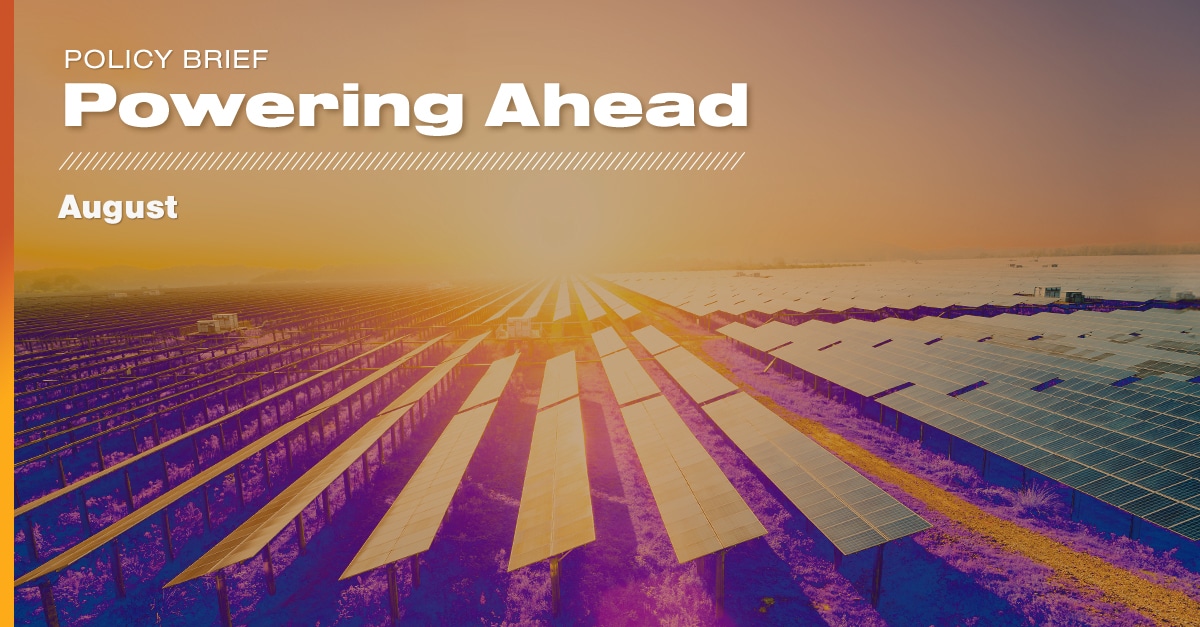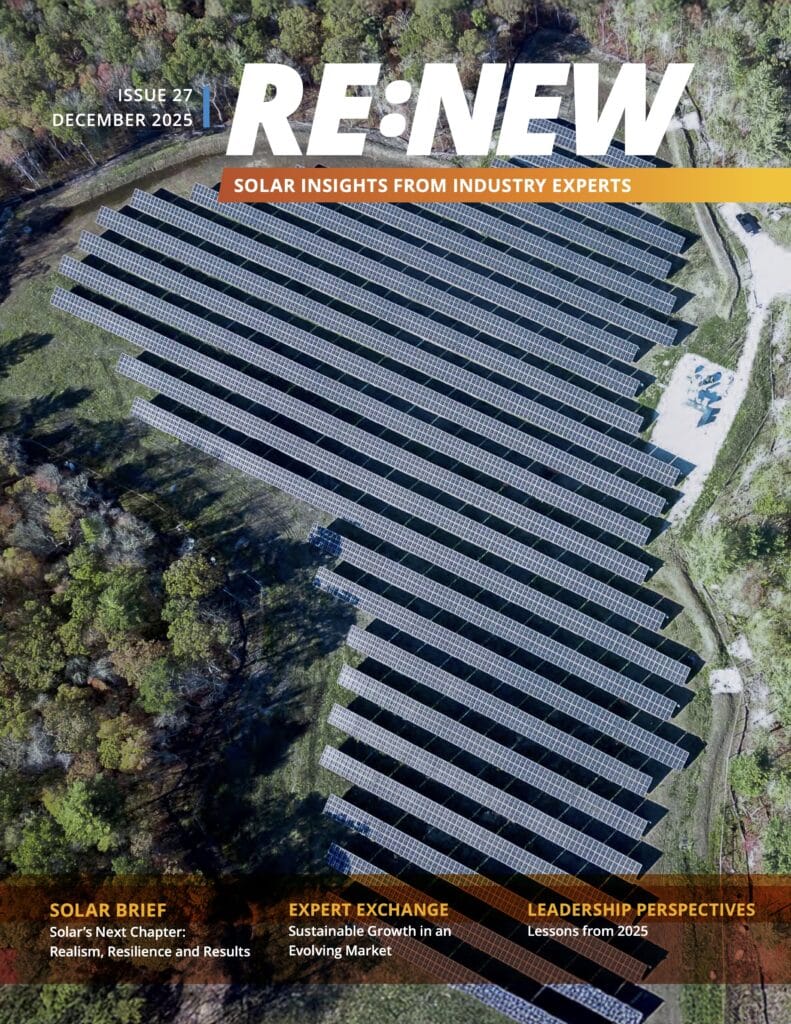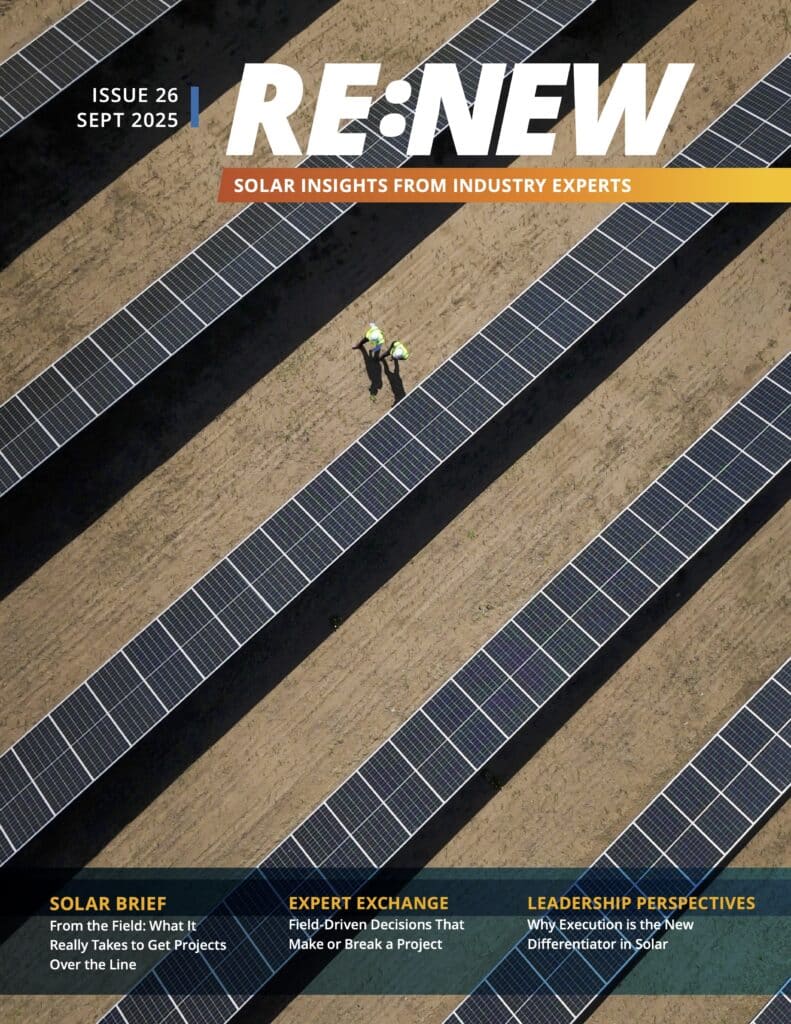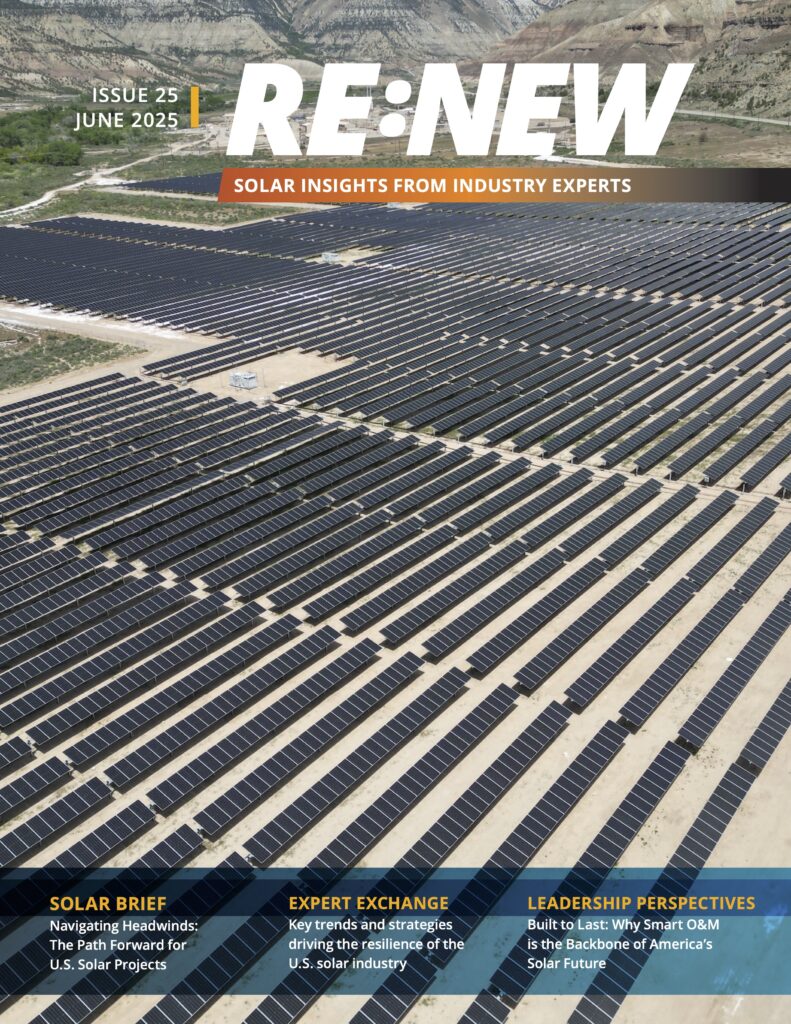As summer winds down, state legislatures and the U.S. Congress find themselves in recess or adjourned, offering a momentary pause before the next legislative flurry begins. But make no mistake—while lawmakers may be in their districts gathering feedback, the wheels of solar legislation continue to turn. From federal updates to regional developments, this August brings critical shifts and potential opportunities that could redefine the landscape of community solar and renewable energy in the U.S.
Federal Updates
While summer typically ushers in a lull in federal legislative activities, a notable development has emerged on the horizon. Senators Joe Manchin (I-WV) and John Barrasso (R-WY) have introduced the Energy Permitting Reform Act of 2024. This bipartisan effort seeks to streamline the federal permitting process for energy projects, a move that could accelerate the development of both renewable energy and fossil fuels.
This bill is particularly noteworthy as it represents Manchin’s final push before his expected retirement. His role in the 2022 Inflation Reduction Act (IRA) was pivotal, but the success of that legislation hinged on the promise of future permitting reform. With Congress on summer recess, the progress of this bill will be crucial to watch when sessions resume. If passed, it could significantly impact how quickly new energy projects, including community solar initiatives, can come online.
Northeast Update
The Northeast continues to lead in renewable energy innovation and policy. Rhode Island’s recently passed Energy Storage Act is a testament to the state’s commitment to a clean energy future. The Act sets ambitious benchmarks for energy storage, aiming for 600 MW of installed capacity by 2033. This move positions Rhode Island as a frontrunner in the integration of energy storage, a critical component for balancing the intermittency of solar power.
Vermont has also made strides with an update to its Renewable Energy Standard (RES). This update mandates that 100% of the state’s electricity come from renewable sources by 2035, putting Vermont on an aggressive path toward decarbonization. The revision also tightens rules around net metering, particularly for group net metering, which could influence how community solar projects are developed in the state.
Meanwhile, Massachusetts is revamping its Solar Massachusetts Renewable Target (SMART) Program to better align with successful models like Illinois’ Adjustable Block Program. The state legislature was unfortunately unable to pass any larger energy omnibus packages before they adjourned on July 31st highlighting an unsuccessful finish to their biannual session.
Mid-Atlantic Update
In the Mid-Atlantic, solar policy advancements are moving at a varied pace. Pennsylvania’s community solar bill, despite gaining traction earlier this year, remains stalled in the Senate. With the legislature set to reconvene after Labor Day, the final push to pass this bill will be critical. The outcome could set a precedent for other states grappling with similar legislative challenges.
New Jersey, on the other hand, is experimenting with a dual-use solar pilot program. However, the exclusion of community solar from this initiative has sparked debate, with industry groups advocating for a reconsideration. As the state also works on finalizing rules for its Community Solar Program, the outcomes will be pivotal for the state’s renewable energy goals.
In Maryland, the finalization of the community solar rules is on the horizon, with full implementation expected by January 2025. This timeline provides a clear roadmap for developers and stakeholders, offering a glimpse into the future of solar energy in the state. Meanwhile, Virginia is taking steps to expand its shared solar program, particularly in the Appalachian Power Company utility service territory, signaling growth potential in a traditionally challenging market.
Central Updates
In the central states, Minnesota and Michigan are making notable progress despite regulatory challenges. The Minnesota Public Utilities Commission denied numerous industry member’s Petition for Reconsideration on transitioning legacy CSG projects from the Applicable Retail Rate to the Value of Solar.
There is a tough road ahead in Michigan as efforts to create a viable community solar via SB 152 and 153 continue. With broad support, these bills could set the stage for Michigan to become a leader in community solar, particularly as the state looks to diversify its energy mix.More to come after labor day.
Western Updates
Out West, Alaska’s journey towards establishing a community solar program hinges on SB 152. As the bill awaits Governor Dunleavy’s signature, its potential passage would mark a significant milestone for the state, creating new opportunities for renewable energy development in Alaska’s unique energy landscape.
California continues to be a battleground for solar policy. The progress of SB 1374, designed to revitalize virtual net metering (VNEM) for properties with apartment buildings and public schools. This bill could reverse some recent setbacks imposed by the California Public Utilities Commission, which have been viewed as detrimental to the growth of solar in the state.
In New Mexico, the Public Regulatory Commission’s review of proposals for the next phase of the state’s community solar program is a critical development. The decision to potentially expand the program by an additional 300 MW could significantly boost the state’s renewable energy capacity, depending on the outcome of the ongoing deliberations.
As always, we will monitor all of these legislative and regulatory measures and will update you next month. Until then!
More Recent Blog Posts
Delivering on Our Promise: 2025 in Review
December 11, 2025
Scott Wiater · 3 min read
How Student Health Unlocks School Energy Projects
December 3, 2025
Standard Solar · 4 min read
The Remarkable Growth of Community Solar in the District of Columbia
October 22, 2025
Standard Solar · 2 min read
Navigating a Solar Market in Transition: Takeaways from RE+ 2025
September 26, 2025
Megan Byrn · 3 min read





Share